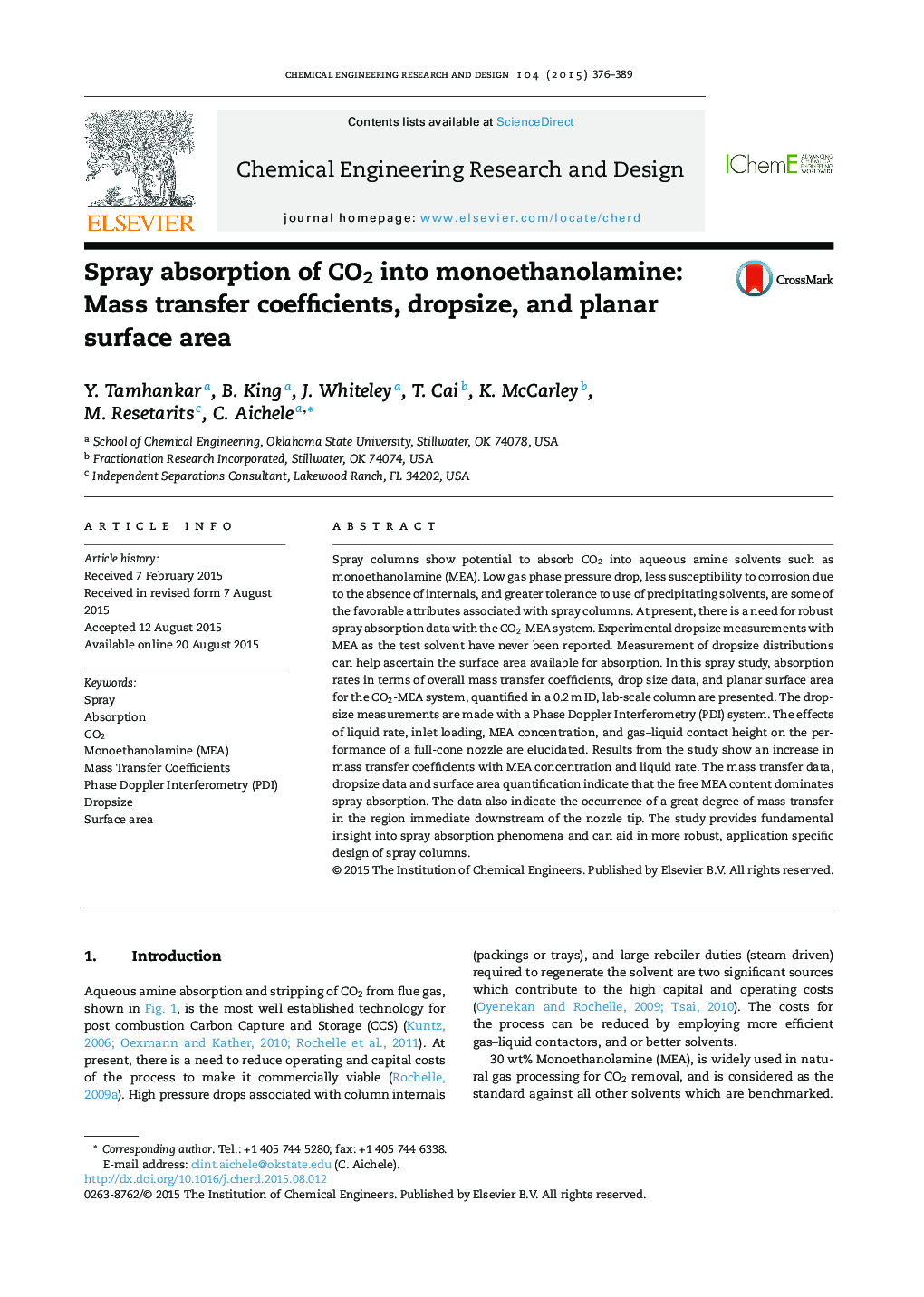| Article ID | Journal | Published Year | Pages | File Type |
|---|---|---|---|---|
| 7007027 | Chemical Engineering Research and Design | 2015 | 14 Pages |
Abstract
Spray columns show potential to absorb CO2 into aqueous amine solvents such as monoethanolamine (MEA). Low gas phase pressure drop, less susceptibility to corrosion due to the absence of internals, and greater tolerance to use of precipitating solvents, are some of the favorable attributes associated with spray columns. At present, there is a need for robust spray absorption data with the CO2-MEA system. Experimental dropsize measurements with MEA as the test solvent have never been reported. Measurement of dropsize distributions can help ascertain the surface area available for absorption. In this spray study, absorption rates in terms of overall mass transfer coefficients, drop size data, and planar surface area for the CO2-MEA system, quantified in a 0.2Â m ID, lab-scale column are presented. The dropsize measurements are made with a Phase Doppler Interferometry (PDI) system. The effects of liquid rate, inlet loading, MEA concentration, and gas-liquid contact height on the performance of a full-cone nozzle are elucidated. Results from the study show an increase in mass transfer coefficients with MEA concentration and liquid rate. The mass transfer data, dropsize data and surface area quantification indicate that the free MEA content dominates spray absorption. The data also indicate the occurrence of a great degree of mass transfer in the region immediate downstream of the nozzle tip. The study provides fundamental insight into spray absorption phenomena and can aid in more robust, application specific design of spray columns.
Related Topics
Physical Sciences and Engineering
Chemical Engineering
Filtration and Separation
Authors
Y. Tamhankar, B. King, J. Whiteley, T. Cai, K. McCarley, M. Resetarits, C. Aichele,
